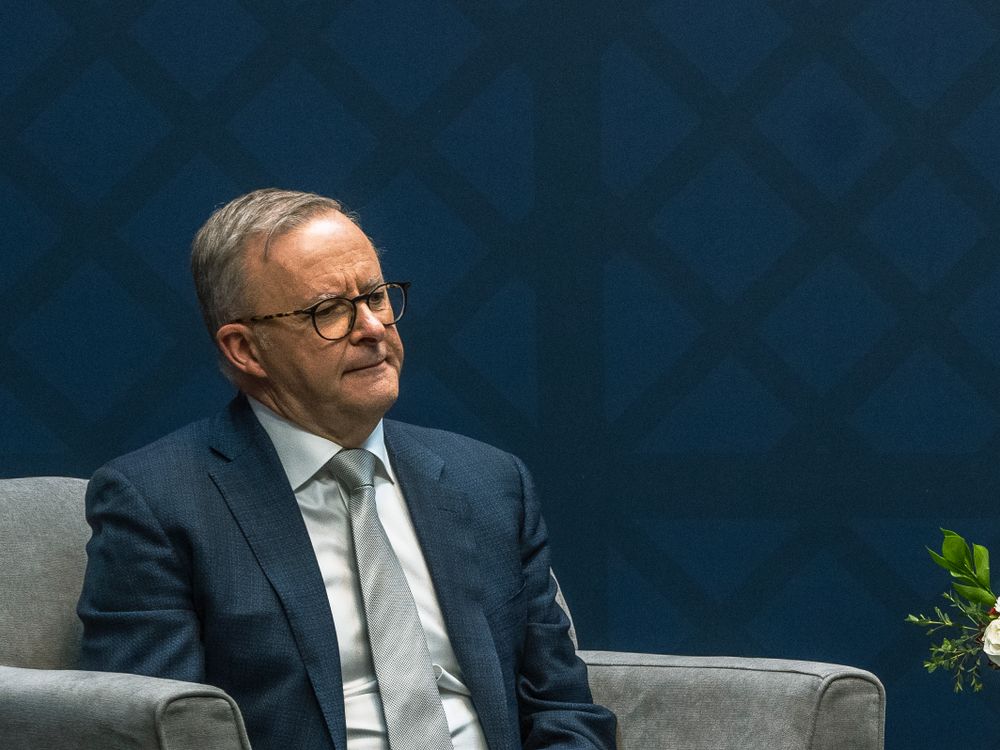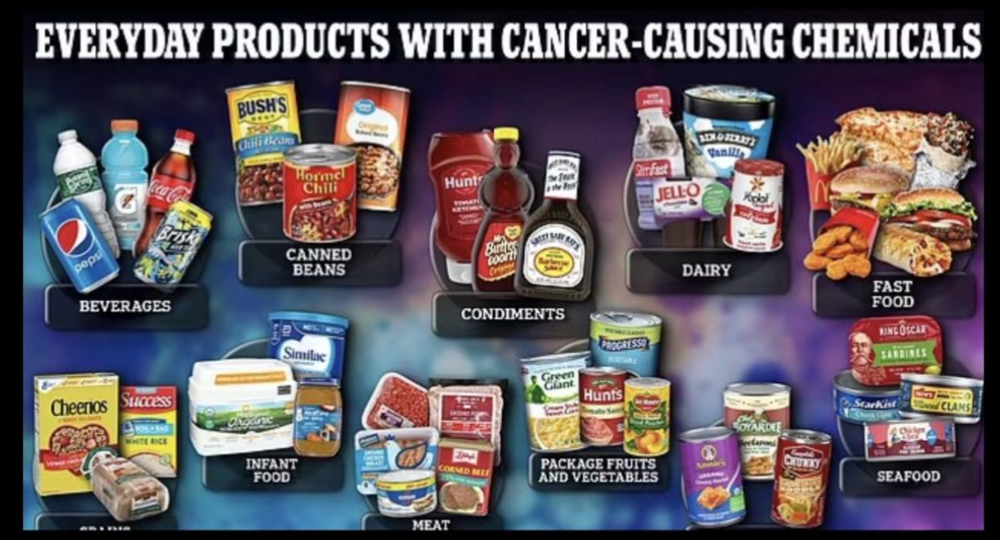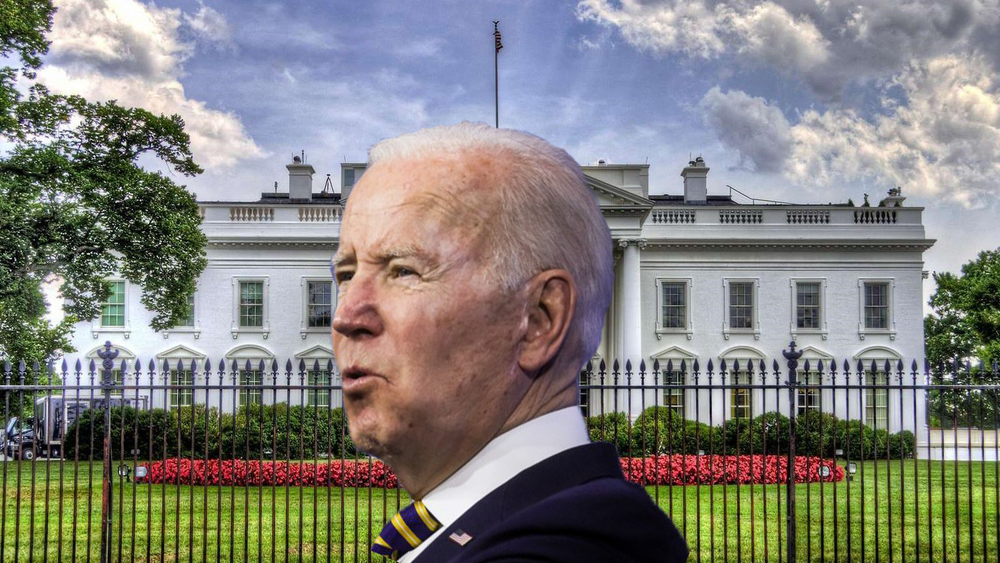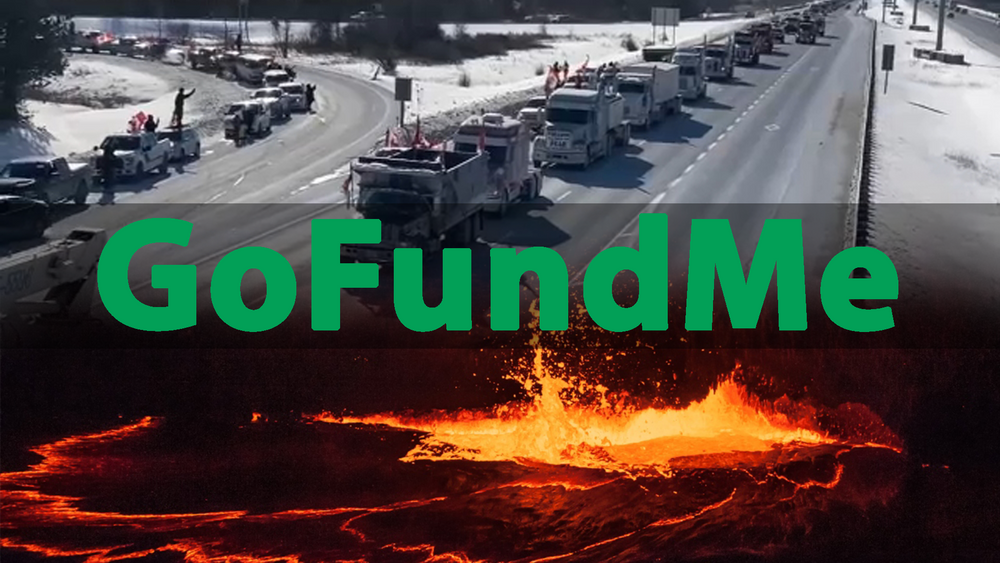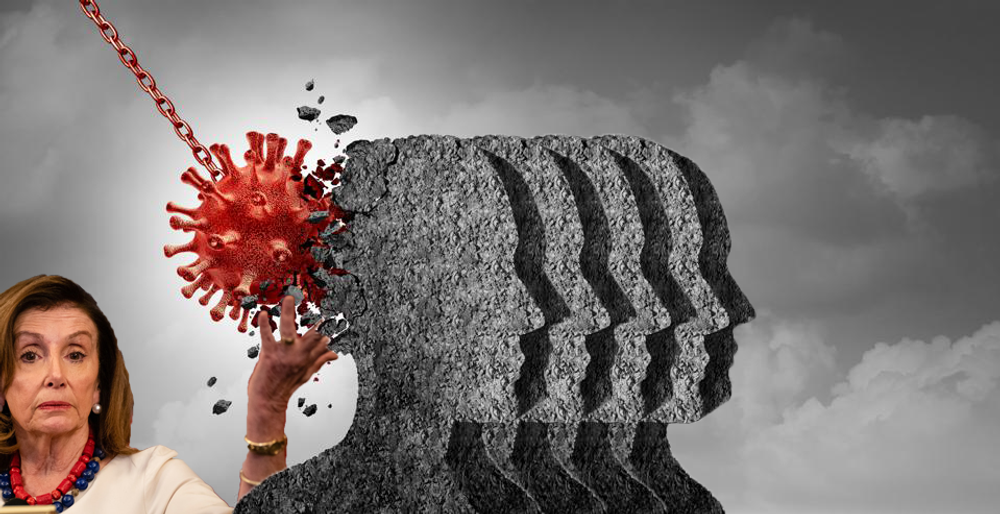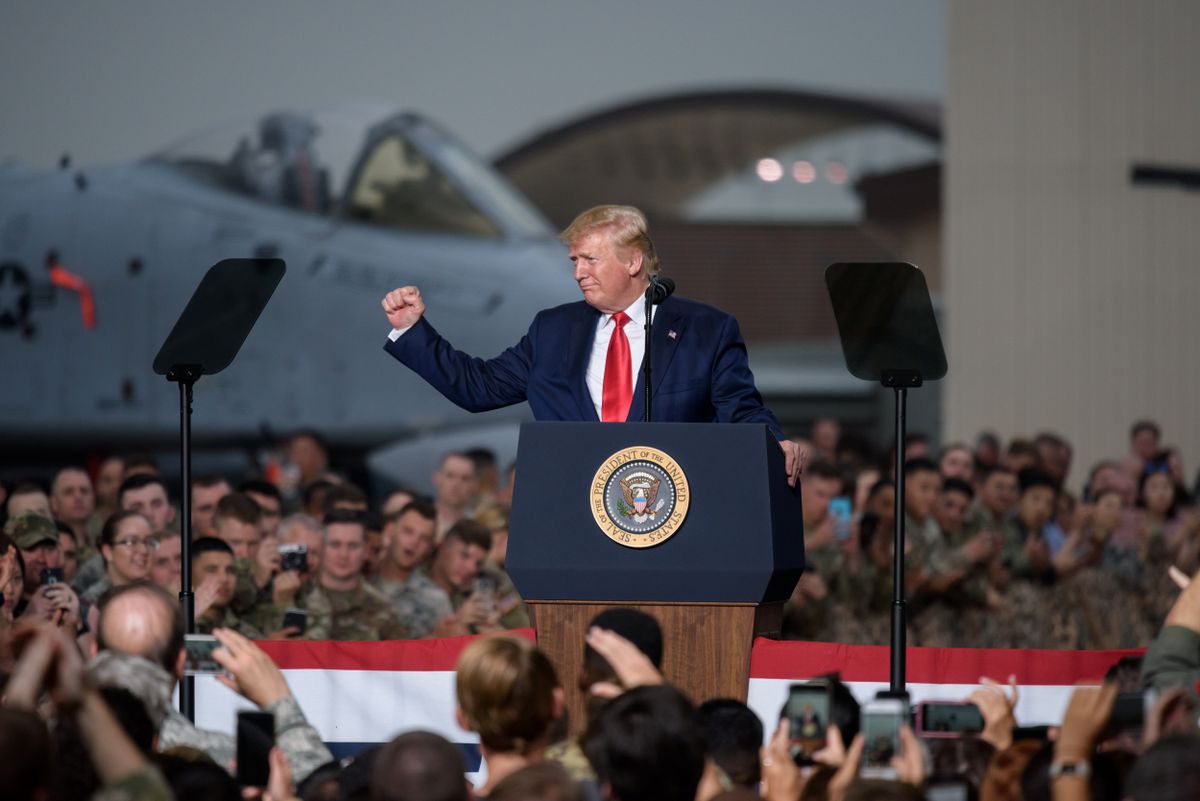
AP Fact Check: Trump on N. Korea, Wages, Climate; Democrat Misfires
Straining for deals on trade and nukes in Asia, President Donald Trump hailed a meeting with North Korea's leader that he falsely claimed President Barack Obama coveted, asserted a U.S. auto renaissance that isn't and wrongly stated air in the U.S. is the cleanest ever as he dismissed climate change.
He also ignored the reality in suggesting that nobody had implicated Saudi's crown prince in the killing of Washington Post columnist Jamal Khashoggi. Trump's own intelligence agencies and a U.N. investigator, in fact, have pointed a finger at the prince.
The president's misstatements over the weekend capped several days of extraordinary claims, including a false one accusing special counsel Robert Mueller of a crime and misrepresenting trade in multiple dimensions.
Democratic presidential candidates, meantime, stepped forward for their first debates and tripped at times on issues dear to them: climate change, health care and immigration among them.
A look at the misstatements:
AUTOMAKERS
Trump: “Many, many companies — including South Korea — but many companies are coming into the United States. … Car companies, in particular. They're going to Michigan. They're going to Ohio and North Carolina and Pennsylvania, Florida. … We hadn't had a plant built in years — in decades, actually. And now we have many plants being built all throughout the United States — cars.” — remarks Sunday to Korean business leaders in Seoul.
The Facts: Car companies are not pouring into the U.S. as Trump suggests, nor does he deserve all the credit for those that have moved here. He's also wrong in saying that auto plants haven't been built in decades. A number of automakers — Toyota, BMW, Honda, Hyundai, Mercedes-Benz and Volkswagen among them — opened plants in recent decades, mostly in the South.
Government statistics show that jobs in auto and parts manufacturing grew at a slower rate in the two-plus years since Trump took office than in the two prior years.
Between January of 2017, when Trump was inaugurated, and May of this year, the latest figures available, U.S. auto and parts makers added 44,000 jobs, or a 4.6 percent increase, according to the Bureau of Labor Statistics.
But in the two years before Trump took office, the industry added 63,600 manufacturing jobs, a 7.1 percent increase.
The only automaker announcing plans to reopen a plant in Michigan is Fiat Chrysler, which is restarting an old engine plant to build three-row SUVs. It's been planning to do so since before Trump was elected. GM is even closing two Detroit-area factories: one that builds cars and another that builds transmissions. Toyota is building a new factory in Alabama with Mazda, and Volvo opened a plant in South Carolina last year, but in each case, that was in the works before Trump took office.
Automakers have made announcements about new models being built in Michigan, but no other factories have been reopened. Ford stopped building the Focus compact car in the Detroit suburb of Wayne last year, but it's being replaced by the manufacture of a small pickup and a new SUV. That announcement was made in December 2016, before Trump took office.
GM, meantime, is closing factories in Ohio and Maryland.
Trump can plausibly claim that his policies have encouraged some activity in the domestic auto industry. Corporate tax cuts freed more money for investment, and potential tariff increases on imported vehicles are an incentive to build in the U.S. But when expansion does happen, it's not all because of him.
Fiat Chrysler has been planning the SUVs for several years and has been looking at expansion in the Detroit area, where it has unused building space and an abundant, trainable automotive labor force.Normally it takes at least three years for an automaker to plan a new vehicle.
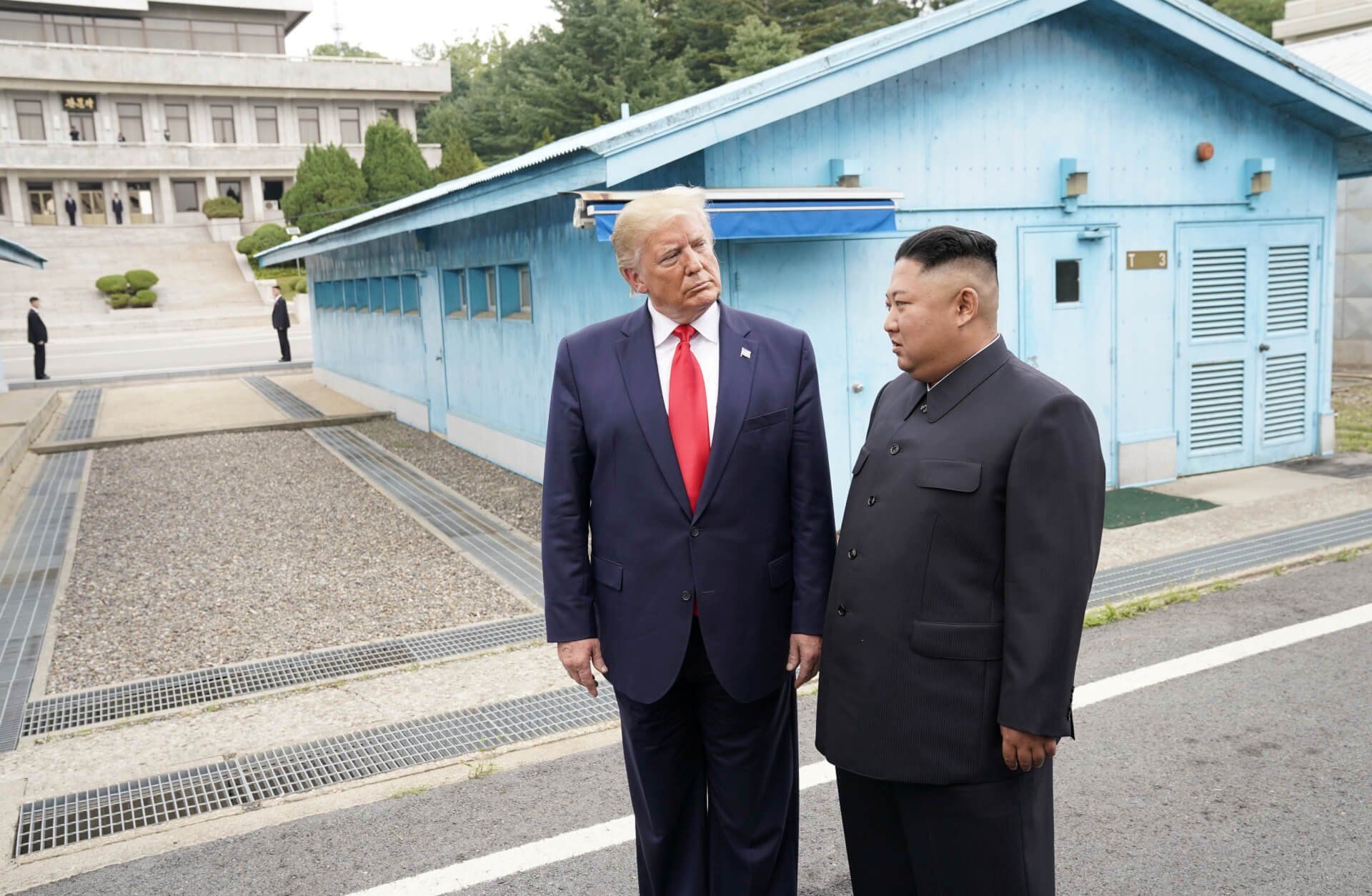
NORTH KOREA
Trump: “President Obama wanted to meet, and Chairman Kim would not meet him. The Obama administration was begging for a meeting. They were begging for meetings constantly. And Chairman Kim would not meet with him.'' — joint news conference Sunday with South Korea's president in Seoul.
The Facts: That's not the case.
While Obama came into his presidency saying he'd be willing to meet with North Korea's Kim Jong Un and other U.S. adversaries “without preconditions,” he never publicly sought a meeting with Kim. Obama eventually met Cuba's President Raul Castro and spoke to Iranian President Hassan Rouhani by phone but took a different stance with Kim in 2009 as North Korea was escalating missile and nuclear tests.
“This is the same kind of pattern that we saw his father engage in, and his grandfather before that,” Obama said in 2013. “Since I came into office, the one thing I was clear about was, we're not going to reward this kind of provocative behavior. You don't get to bang your — your spoon on the table and somehow you get your way.''
Ben Rhodes, who was on Obama's national security team for both terms, tweeted: ?''Obama never sought a meeting with Kim Jong Un.''
Trump has portrayed his diplomacy with Kim as happening due to a special personal chemistry and friendship, saying he's in “no rush” to get Kim to commit fully to denuclearization.
INCOME INEQUALITY
Trump: “Blue-collar workers are doing fantastic. They're the biggest beneficiary of the tax cuts, the blue collar.” — news conference Saturday at G-20 summit in Japan.
The Facts: Wrong.
While most middle-income taxpayers did see a tax cut this year, Trump's tax cut clearly skewed to the wealthy rather than lower-income groups such as manufacturing workers, according to the nonpartisan Tax Policy Center. It found that taxpayers making $308,000 to $733,000 stood to benefit the most.
The Joint Committee on Taxation separately found the tax cuts were particularly helpful to businesses and people making more than $100,000 annually.
Larry Kudlow, White House economic adviser: “The United States economy is booming. It's running at roughly 3 percent average since President Trump took office two and a half years ago. On this business about bad distribution, the blue-collar workers, the nonsupervisory workers have done the best. They're the ones running wages at 3-1/2 percent. Their growth and incomes and wages is exceeding the growth of their supervisors.'' — interview on “Fox News Sunday.''
The Facts: There's some truth to the claim that low-income workers have seen better wage gains than others in the workforce. This trend predates Trump's presidency and has continued. But the blue-collar workforce has lagged behind lower-wage workers in pay gains.
Some of the gains reflect higher minimum wages passed at the state and local level, not just the rate of economic growth. The Trump administration opposes an increase to the federal minimum wage.
With the unemployment rate at 3.6%, the lowest since December 1969, employers are struggling to fill jobs. They have pushed up pay for the lowest-paid one-quarter of workers more quickly than for everyone else since 2015. In April, the poorest 25% saw their paychecks increase 4.4% from a year earlier, compared with 3.1% for the richest one-quarter.
Sen. Bernie Sanders: “Eighty-three percent of your tax benefits go to the top 1%.” — Democratic presidential debate Thursday.
The Facts: That statistic is not close to true now. The Vermont senator is referring to 2027, not the present day. He didn't include that critical context in his statement.
His figures come from an analysis by the Tax Policy Center. That analysis found that in 2027 the top 1% of earners would get 83% of the savings from the tax overhaul signed into law by Trump. Why is that? Most of the tax cuts for individuals are set to expire after 2025, so their benefits go away while cuts for corporations continue. The 2017 tax overhaul does disproportionately favor the wealthy and corporations, but just 20.5% of the benefits went to the top 1% last year.
Rep. Tim Ryan: “The bottom 60% haven't seen a raise since 1980. The top 1% control 90% of the wealth.” — Democratic presidential debate Wednesday.
The Facts: Those figures exaggerate the state of income and wealth inequality. While few studies single out the bottom 60%, the Congressional Budget Office calculates that the bottom 80% of Americans have seen their incomes rise 32% since 1979. That is certainly lower than the doubling of income enjoyed by the top one-fifth of income earners. And the richest 1% possess 32% of the nation's wealth, according to data from the Federal Reserve, not 90%.
Beto O'Rourke, former U.S. representative from Texas: “That's how you explain an economy that is rigged to corporations and the very wealthiest. A $2 trillion tax cut that favored corporations while they were sitting on record piles of cash and the very wealthiest in this country at a time of historic wealth inequality.” — debate Wednesday.
The Facts: The tax cut wasn't quite that big: The Joint Committee on Taxation estimates that it will reduce tax revenues by $1.5 trillion over the next decade. And individuals, not corporations, will actually receive the bulk of those cuts — they're getting $1.1 trillion while businesses get $654 billion, offset by higher tax revenues from changes to international tax law.
The tax cuts did mostly favor richer Americans: The top one-fifth of income earners got 65% of the benefit from the tax cuts in 2018 with just 1% going to the poorest one-fifth, according to the nonpartisan Tax Policy Center.
KHASHOGGI
Trump, on the murder of Khashoggi: “Nobody, so far, has pointed directly a finger at the future King of Saudi Arabia.'' — news conference Saturday at G-20 summit in Japan.
The Facts: In fact, U.S. intelligence agencies and a U.N. investigator have pointed a finger at him.
U.S. intelligence agencies have assessed that Saudi Crown Prince Mohammed bin Salman must have at least been aware of a plot to kill Khashoggi when the journalist went to the Saudi consulate in Istanbul on Oct. 2 to pick up documents to marry his Turkish fiancee. Last month, an independent U.N. report into the killing of Khashoggi said there was “credible evidence” to warrant further investigation into the possible role of the crown prince, and suggested sanctions on his personal assets.
Khashoggi, who had been living in the U.S., criticized the Saudi royal family in his writings.
CLIMATE CHANGE
Trump, playing down the need to address climate change: “We have the cleanest air we've ever had.'' — news conference Saturday at G-20 summit in Japan.
The Facts: That's false, and air quality hasn't improved under the Trump administration. Dozens of nations have less smoggy air than the U.S.
After decades of improvement, progress in air quality has stalled. Over the last two years the U.S. had more polluted air days than just a few years earlier, federal data show.
There were 15% more days with unhealthy air in America both last year and the year before than there were on average from 2013 through 2016, the four years when the U.S had its fewest number of those days since at least 1980.
The Obama administration set records for the fewest air polluted days.
The non-profit Health Effects Institute's "State of Global Air 2019" report ranked the United States 37th dirtiest out of 195 countries for ozone, also known as smog, worse than the global average for population-weighted pollution. Countries such as Britain, Japan, Spain, Portugal, France, Germany, Albania, Cuba, Russia, Vietnam, New Zealand and Canada have less smoggy air. The U.S. ranks 8th cleanest on the more deadly category of fine particles in the air. It's still behind countries such as Canada and New Zealand but better than the global average.
Joe Biden, on Obama's record: “He is the first man to bring together the entire world — 196 nations — to commit to deal with climate change.” — debate Thursday.
The Facts: Not really. The former vice president is minimizing a major climate deal from 22 years ago, a decade before Obama became president.
In 1997, nations across the world met in Japan and hammered out the Kyoto Protocol to limit climate change in a treaty that involved more than 190 countries at different points in time. That treaty itself stemmed from the 1992 U.N. Framework Convention on Climate Change.
Biden is referring to an agreement that came out of a 2015 meeting in Paris that was the 21st climate change convention meeting.The Kyoto Protocol only required specific greenhouse gas emission cuts of developed nations, fewer than half the countries in the world. The Paris agreement, where several world leaders pushed hard, including France's president, has every country agreeing to do something. But each country proposed its own goals.
Jay Inslee, Washington's governor: “We are the first generation to feel the sting of climate change and we are the last that can do something about it. … It is our last chance in an administration, next one, to do something about it.”— debate Wednesday.
The Facts: Not quite. This answer implies that after 2025 or 2029, when whoever is elected in 2020 leaves office, it will be too late to fight or limit climate change.
That's a common misconception that stemmed from a U.N. scientific report that came out last fall, which talked about 2030, mostly because that's a key date in the Paris climate agreement. The report states that with every half a degree Celsius and with every year, global warming and its dangers get worse. However, it does not say at some point it is too late.
“The hotter it gets the worse it gets but there is no cliff edge,'' James Skea, co-chairman of the report and professor of sustainable energy at Imperial College London, told The Associated Press.
The report co-author, Swiss climate scientist Sonia I. Seneviratne this month tweeted, “Many scientists point — rightfully — to the fact that we cannot state with certainty that climate would suddenly go berserk in 12 years if we weren't doing any climate mitigation. But who can state with certainty that we would be safe beyond that stage or even before that?''
O'Rourke, referring to the international climate goal: “If all of us does all that we can, then we're going to be able to keep this planet from warming another 2 degrees Celsius and ensure that we match what this country can do and live up to our promise and our potential.’’ — debate Wednesday.
The Facts: O'Rourke gets the climate goal wrong.
Since 2009, international summits and the Paris climate agreement list the overarching goal as limiting climate change to no more than 2 degrees Celsius (3.6 degrees Fahrenheit) from pre-industrial times. That's somewhere between 1850 and 1880, depending on who is calculating.
There's a big difference because since pre-industrial times, Earth has already warmed 1 degree Celsius (1.8 degrees Fahrenheit). So the world community is talking about 1 degree Celsius from now and O'Rourke is talking about twice that.
MUELLER
Trump, on communications between two FBI employees: “Mueller terminated them illegally. He terminated the emails, he terminated all of the stuff between Strzok and Page, you know they sung like you've never seen. Robert Mueller terminated their text messages together. He would — he terminated them. They're gone. And that's illegal, he — that's a crime.’’ — interview Wednesday on Fox Business Network.
The Facts: Not true. Mueller had no role in deleting anti-Trump text messages traded by former FBI counterintelligence agent Peter Strzok and ex-FBI lawyer Lisa Page, and there's no basis for saying he was involved in anything illegal. Also, the communications didn't vanish.
Once Mueller learned of the existence of the texts, which were sent before his appointment as special counsel, he removed Strzok from his team investigating potential ties between Russia and the Trump campaign.
The FBI, for technical reasons, was initially unable to retrieve months of text messages between the two officials. But the FBI was ultimately able to recover them and there's never been any allegation that Mueller had anything to do with that process.
RACE
Sen. Kamala Harris: “Vice President Biden, do you agree today that you were wrong to oppose busing in America, then?''
Bide: “I did not oppose busing in America. What I opposed is busing ordered by the Department of Education. That's what I opposed.” — debate Thursday.
The Facts: That's hairsplitting.
Biden is claiming that he only opposed the U.S. Education Department's push for busing to integrate schools because he didn't want federal mandates forced on local school boards. But in the early and mid-1970s, those were the fault lines in almost every U.S. community, from New Orleans to Boston, where there was stiff opposition to busing. If you were a politician opposing federally enforced busing, you were enabling any local school board or city government that was fighting against it.
As a senator in the late 1970s, Biden supported several measures, including one signed by President Jimmy Carter that restricted the federal government's authority in forced busing.
Biden told NPR in 1975 that he would support a constitutional amendment to ban court-ordered busing “if it can't be done through a piece of legislation.''
MIGRANT CHILDREN
Biden, on Trump's treatment of migrant children at the border: “The idea that he's in court with his Justice Department saying, children in cages do not need a bed, do not need a blanket, do not need a toothbrush — that is outrageous.''
Harris: “I will release children from cages.”
John Hickenloopers, former Colorado governor: “If you would have ever told me any time in my life that this country would sanction federal agents to take children from the arms of their parents, put them in cages, actually put them up for adoption — in Colorado we call that kidnapping — I would have told you it was unbelievable.'' — debate Thursday.
The Facts: They are tapping into a misleading and common insinuation by Democrats about Trump placing “children in cages.”
The cages are chain-link fences and the Obama-Biden administration used them, too.
Children and adults are held behind them, inside holding Border Patrol facilities, under the Trump administration as well.
President Barack Obama's administration detained large numbers of unaccompanied children inside chain link fences in 2014. Images that circulated online of children in cages during the height of Trump's family separations controversy were actually from 2014 when Obama was in office.
Children are placed in such areas by age and sex for safety reasons and are supposed to be held for no longer than 72 hours by the Border Patrol. But as the number of migrants continues to grow under the Trump administration, the system is clogged at every end, so Health and Human Services, which manages the care of children in custody, can't come get the children in time. Officials say they are increasingly holding children for 5 days or longer.
HHS facilities are better equipped to manage the care of children. But, facing budget concerns, officials cut activities such as soccer, English classes and legal aid for children in their care.
As for Hickenlooper's claim about the government forcing those children into unwanted adoption, that is not federal policy.
HEALTH CARE
Sanders: Under “Medicare for All,” “the vast majority of the people in this country will be paying significantly less for health care than they are now.” — debate Thursday.
The Facts: Probably true, but that's only part of the equation for a family. Sanders' plan for a government-run health care system to replace private insurance calls for no premiums, and no copays and deductibles. But taxes would have to go up significantly as the government takes on trillions of dollars in health care costs now covered by employers and individuals. Independent studies estimate the government would be spending an additional $28 trillion to $36 trillion over 10 years, although Medicare for All supporters say that's overstating it.
How those tax increases would be divvied up remains to be seen, as Sanders has not released a blueprint for how to finance his plan.
TRUMP ON ECONOMY
Trump on his tariffs on Chinese goods: “Don't let anyone tell you that we're paying. We're not paying, China's paying for it.” — Fox Business Network interview.
The Facts: Americans are paying for it.
Trump refuses to recognize a reality that his own chief economic adviser, Larry Kudlow, has acknowledged. Tariffs are mainly if not entirely paid by companies and consumers in the country that imposes them. China is not sending billions of dollars to the U.S. treasury.
In a study in May , the Federal Reserve Bank of New York, with Princeton and Columbia universities, estimated that tariffs from Trump's trade dispute with China were costing $831 per U.S. household on an annual basis. And that was based on the situation in 2018, before tariffs escalated. Analysts also found that the burden of Trump's tariffs falls entirely on U.S. consumers and businesses that buy imported products.
Trump persistently mischaracterizes trade in all its dimensions, giving the wrong numbers for trade deficits, asserting that tariffs did not exist before him, and portraying them inaccurately as a windfall for the government and taxpayers. In that respect, he was correct when he said in the interview, “I view tariffs differently than a lot of other people.”
Trump: “The poverty index is also best number EVER.” — tweet Wednesday.
The Facts: Not true. The current poverty rate of 12.3% is not the lowest ever; it's fallen below that several times over the last half-century, according to the Census Bureau's official count.
The poverty rate dropped only modestly under Trump's watch, to 12.3 percent in 2017 — the latest figure available — from 12.7 percent in 2016. At the same time, nearly 40 million Americans remained poor by the Census Bureau's count, statistically unchanged from 2016.
The poverty rate previously has stood at 12.3% as recently as 2006, and was 11.3% in 2000.
The U.S. poverty rate hit a record low of 11.1% in 1973.
 AP-NORC Poll: Trump Not Boosted by Strong American EconomyNext PostOfficials Look into Report of Sexist, Racist Facebook Page by Border Agents
AP-NORC Poll: Trump Not Boosted by Strong American EconomyNext PostOfficials Look into Report of Sexist, Racist Facebook Page by Border Agents
